
In their latest YouTube video, sailing enthusiast Matt embarks on an engaging journey of redesigning the bowsprit for their boat, Duracell. The Duracell Project is a journey between Matt and his wife Janni of transforming an ocean racing sailboat into a comfortable cruising home. The focus of this episode centers on the intricacies of bowsprit design where Matt and his pal Evan incorporated viewer feedback, and then used engineering expertise to create a versatile and robust structure.
Balancing Functionality and Form
The bowsprit, a critical component of a sailboat's rigging, serves a dual purpose on Duracell: holding the tack line for an asymmetrical spinnaker and supporting the anchor roller. Matt emphasizes the need for robustness, as these functions impose opposing forces that generate substantial loads. To meet this challenge, the new design aims to eliminate the need for a bobstay – a line that counteracts the forces of the spinnaker. This decision not only simplifies deployment and retrieval of the anchor but also enhances the boat's aesthetics.
Viewer Engagement Drives Improvement
After showcasing their initial bowsprit design, Matt and Evan received a flood of insightful comments and emails from their viewers, providing recommendations for improvements. These suggestions motivated them to revisit the drawing board and create a more refined version. Matt acknowledges the role of their viewers in shaping their project's direction, a testament to the collaborative nature of online communities.
Engineering and Design Challenges
Building a bowsprit involves a myriad of engineering and design challenges. Evan, the naval architect and engineer, plays a pivotal role in guiding the process, offering his expertise remotely. Their partnership underscores the power of collaboration in bringing creative ideas to life. The video highlights the importance of gussets, anchor rollers, and chain plates in ensuring the sprit's stability and functionality.
Incorporating Repairs and Innovations
The video also delves into repair work on Duracell's bow, which suffered damage in a past collision. The meticulous process involves reinforcing the structure, repairing fiberglass, and replacing chainplates. For this repair, Matt uses Thixo Pro to prime the vertical area that will later be laminated with fiberglass and High Performance Epoxy. The Thixo Pro gets the surface nice and sticky, so that the fiberglass adheres to the surface while dry, before later adding the epoxy.


Looking Ahead
Follow along to experience the essence of this dynamic sailing project, showcasing the balance between functionality and design aesthetics by checking out The Duracell Project on YouTube. Matt and Evan's collaborative approach, viewer engagement, and dedication to craftsmanship exemplify the spirit of exploration and innovation within the sailing community. As they continue their journey, viewers are invited to witness the evolution of Duracell from a racing sailboat to a cruising haven.
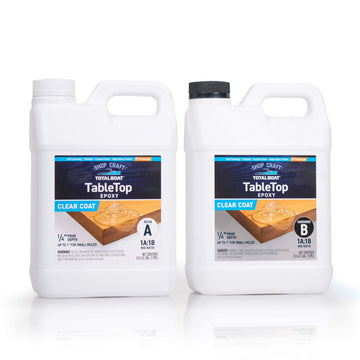
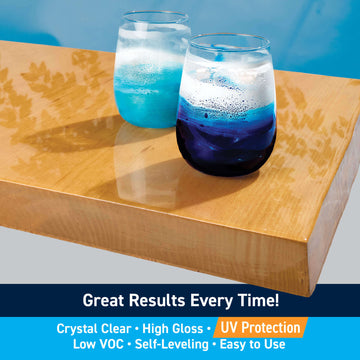
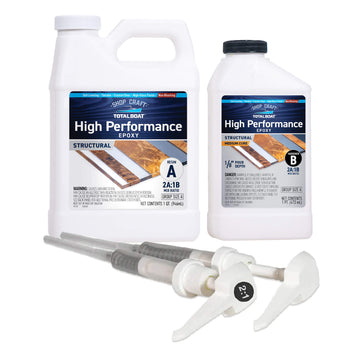
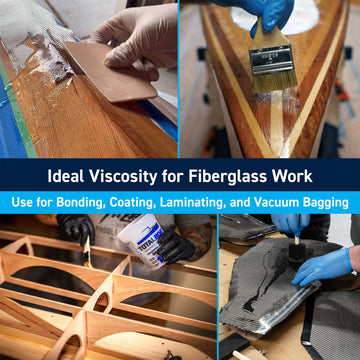
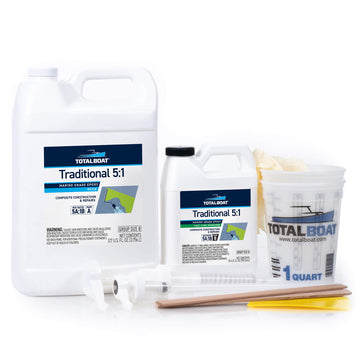
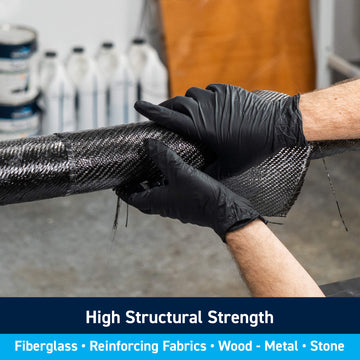
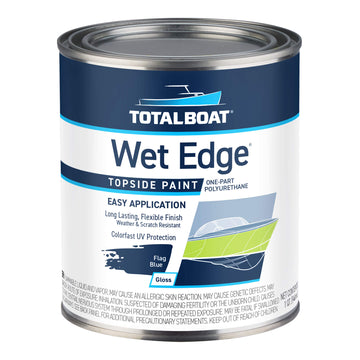
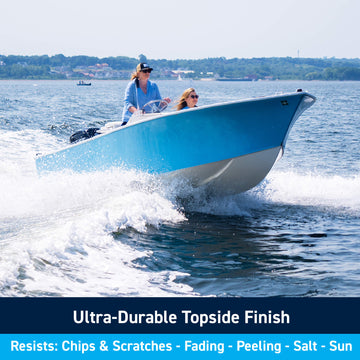
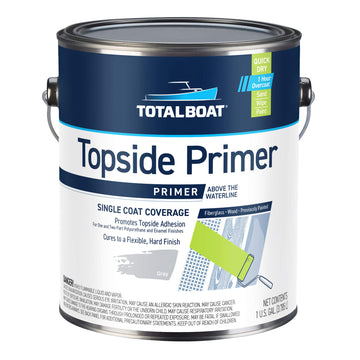
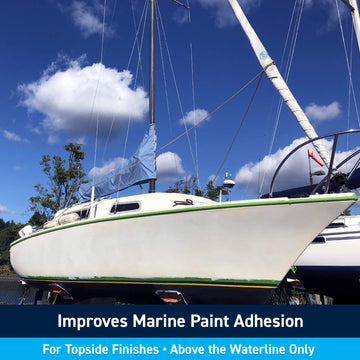
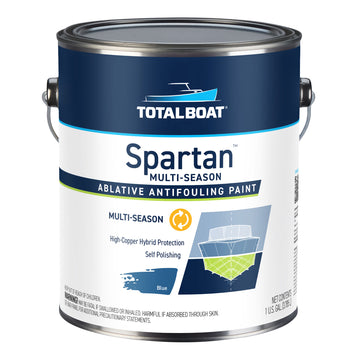

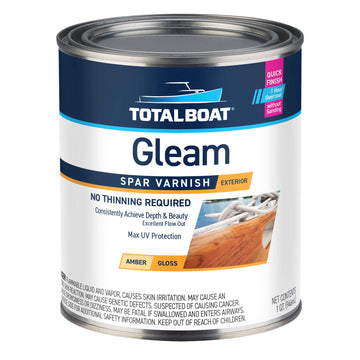
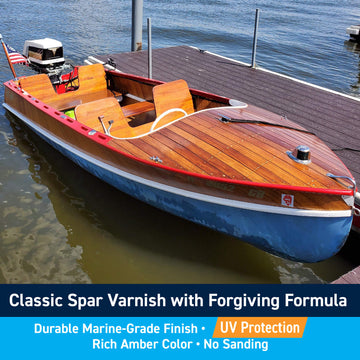
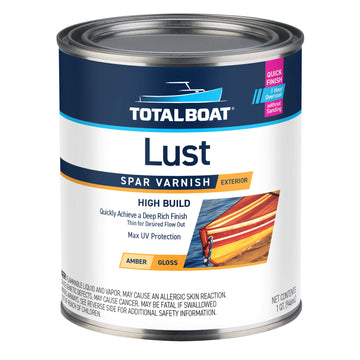
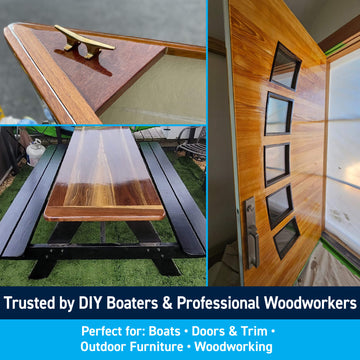
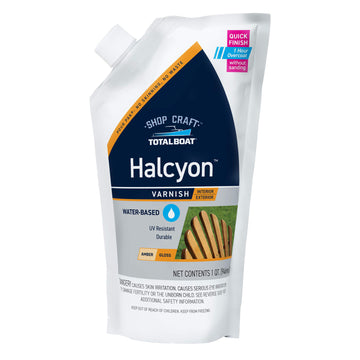
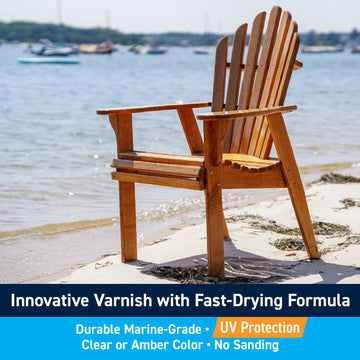




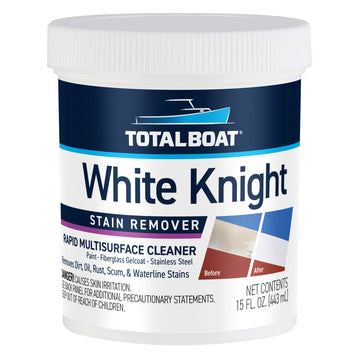
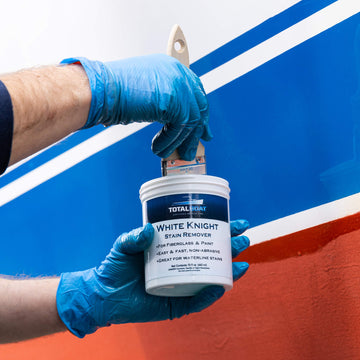


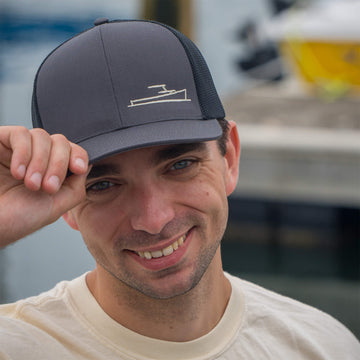
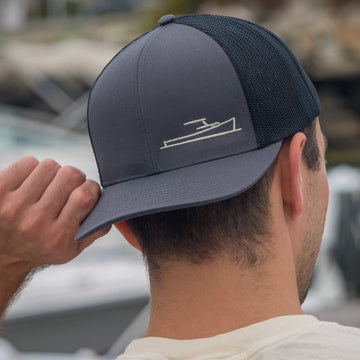
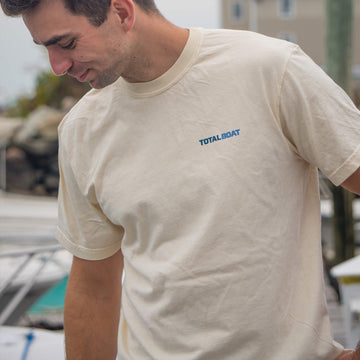
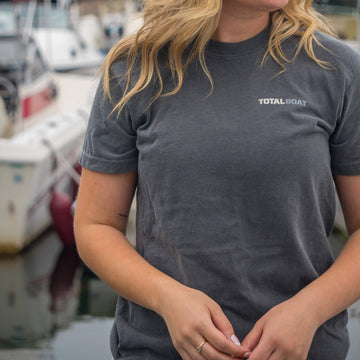

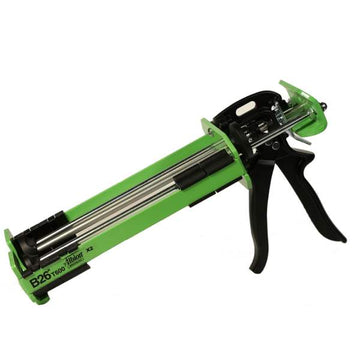
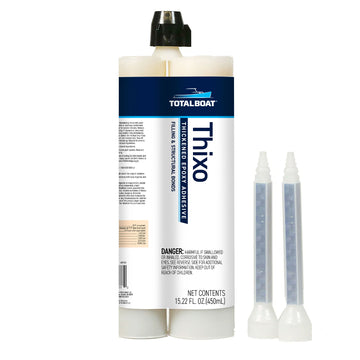
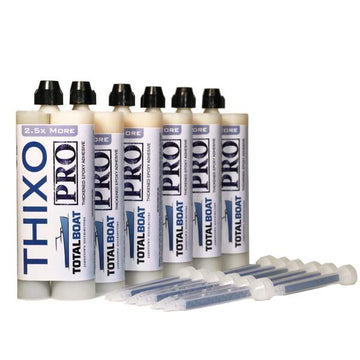
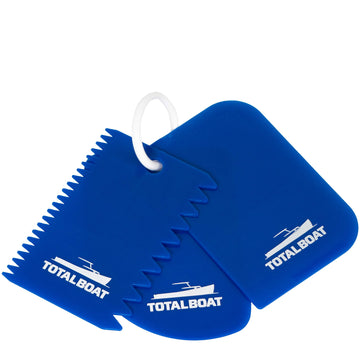
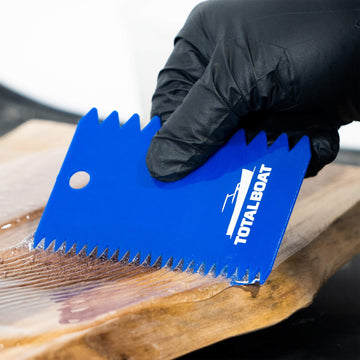
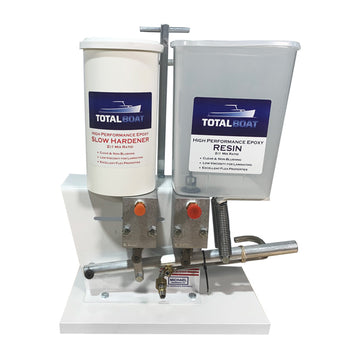
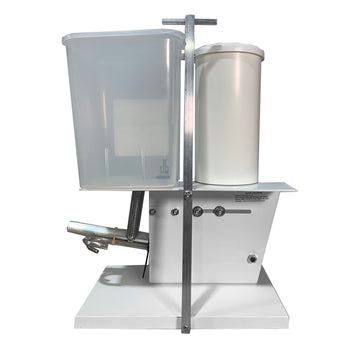




2 comments
Plumb stem boats are just a fad. There is no need for a bowsprit if the stem has some forward take to it.
My only comment on the bow sprit design is to avoid sharp corners where the lower part meets the primary part of the bow sprit. Sharp corners create a hard spot which can cause cracking. I’ve seen where a rectangular beam was built transversely into the bow of a ship to attach it to a permanent mooring in the north sea. (Like a bone in a dogs mouth.) The pounding taken by waves resulted in significant deformation and cracking. So you need to consider the forces that this will take pounding in a major sea state and minimize hard spots. Round the transitions.